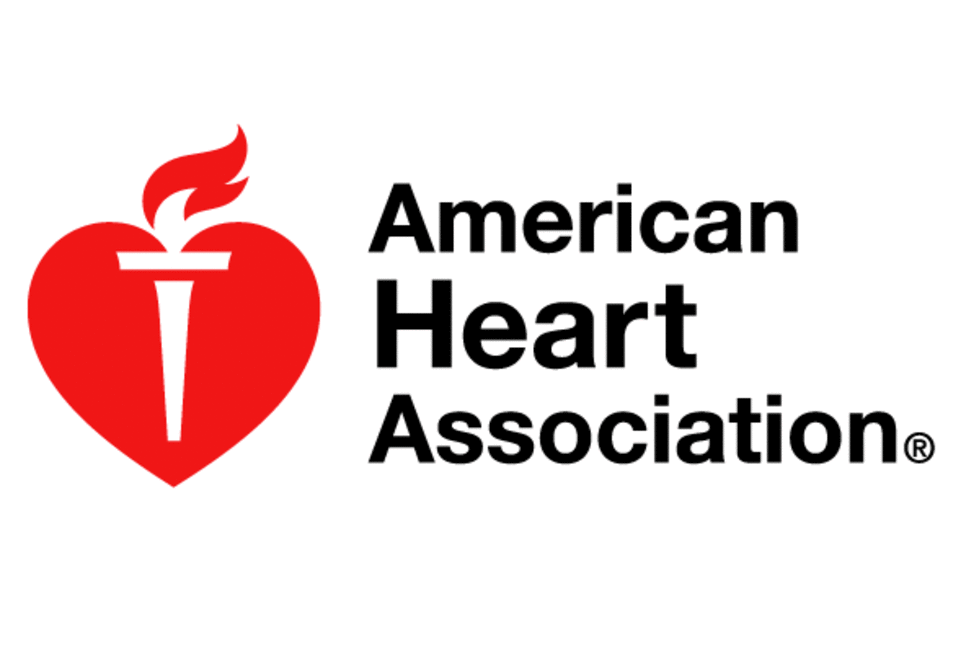
American Heart Association CPR/AED & First Aid Certifications
Basic Life Support (BLS) for Healthcare Providers
Heartsaver First Aid

Basic Life Support (BLS) for Healthcare Providers
Heartsaver First Aid

Class created by the American College of Surgeons focused on hemorrhage control and preventing blood loss. Students learn vital skills including proper tourniquet usage, wound packing, and pressure dressings
On November 12, Intra-Collegiate Emergency Medical Services (IC-EMS) conducted a cardiac arrest response training at the Interprofessional Simulation Center at IU Health Bloomington Hospital. The training was developed in response to cardiac arrest's status as one of the leading causes of death in the United States, affecting approximately 350,000 adults in out-of-hospital situations annually. The session focused on providing members with comprehensive, hands-on experience in managing cardiac arrest scenarios, ensuring they would be well-prepared for real-life emergencies. Participants practiced using a LIFEPAK 15, BVM, and King airway among other equipment typically used in the field. The training covered basic cardiac arrest response, emphasizing initial assessment, proper compression techniques, and ventilation management. The scenario required participants to demonstrate quick recognition skills, coordinate team roles, and maintain effective communication throughout the response process. The simulation center's advanced equipment allowed for realistic practice of basic life support skills. Following the scenario, the team conducted thorough debriefing sessions to analyze performance. These discussions revealed several strengths, including quick arrest recognition and strong basic life support skills, while also identifying areas for improvement such as maintaining consistent compression depth and proper compression to ventilation ratios with advanced airways. This hands-on experience strengthened both individual capabilities and team dynamics, ultimately better preparing our members for the critical moments when they might face a real cardiac arrest situation.